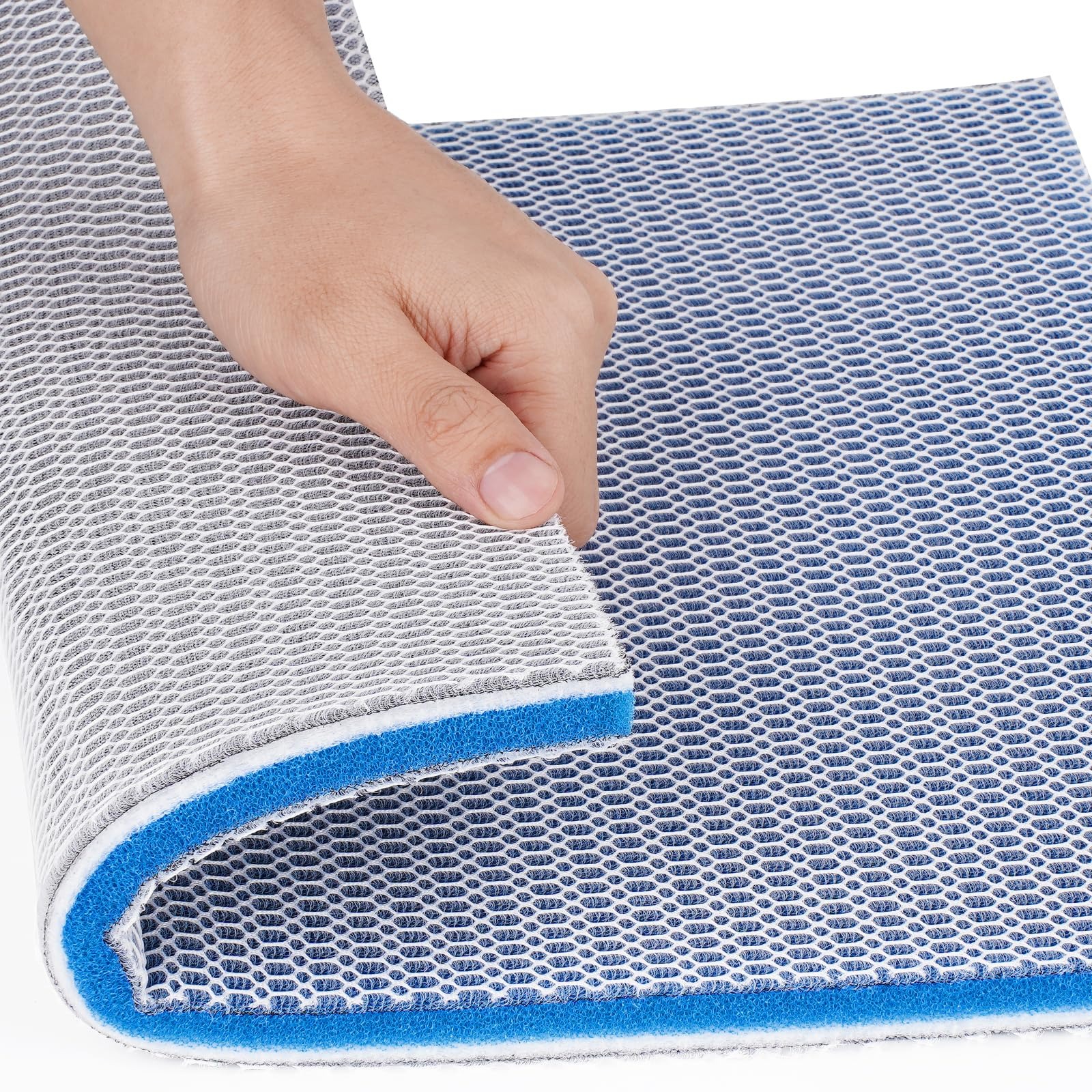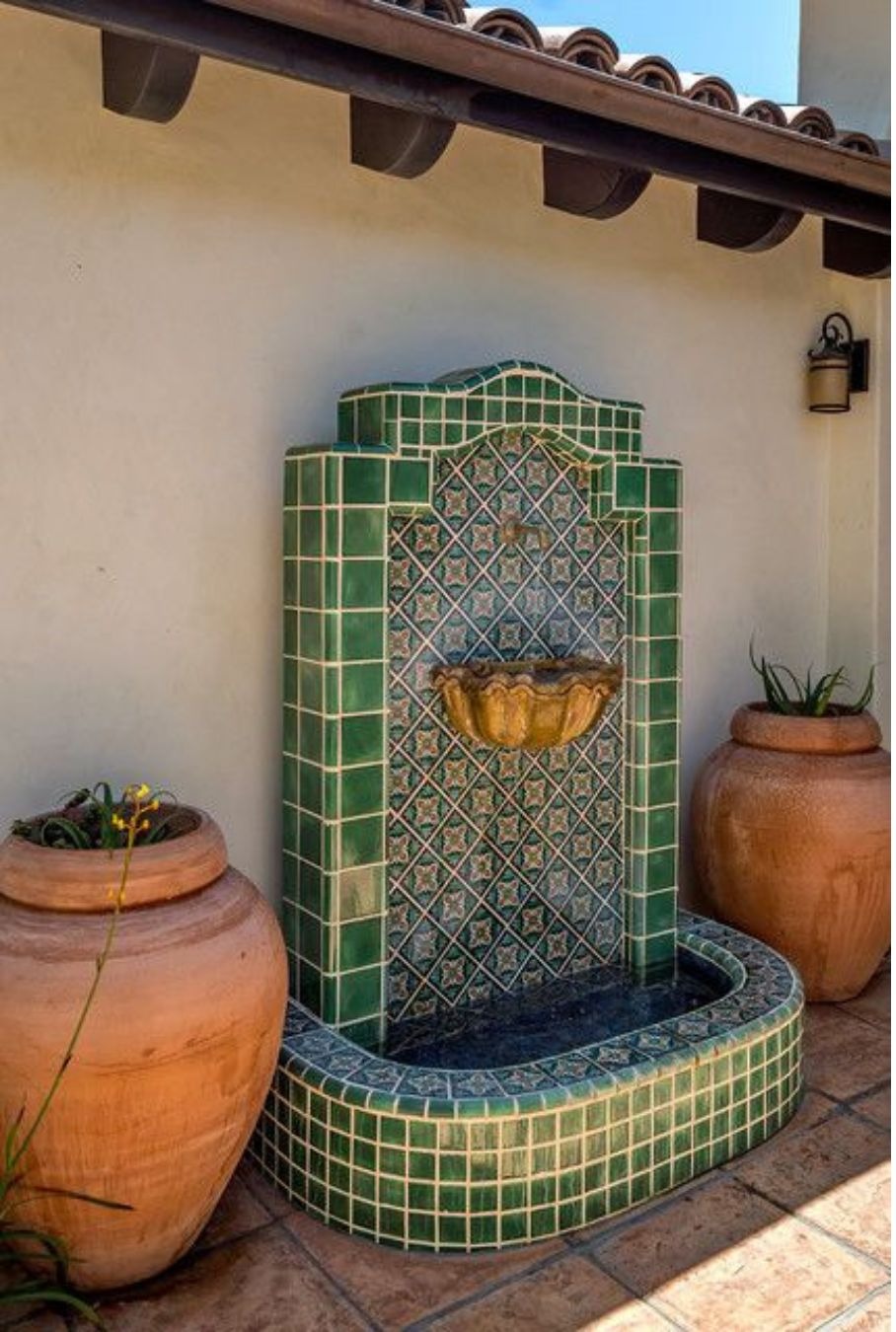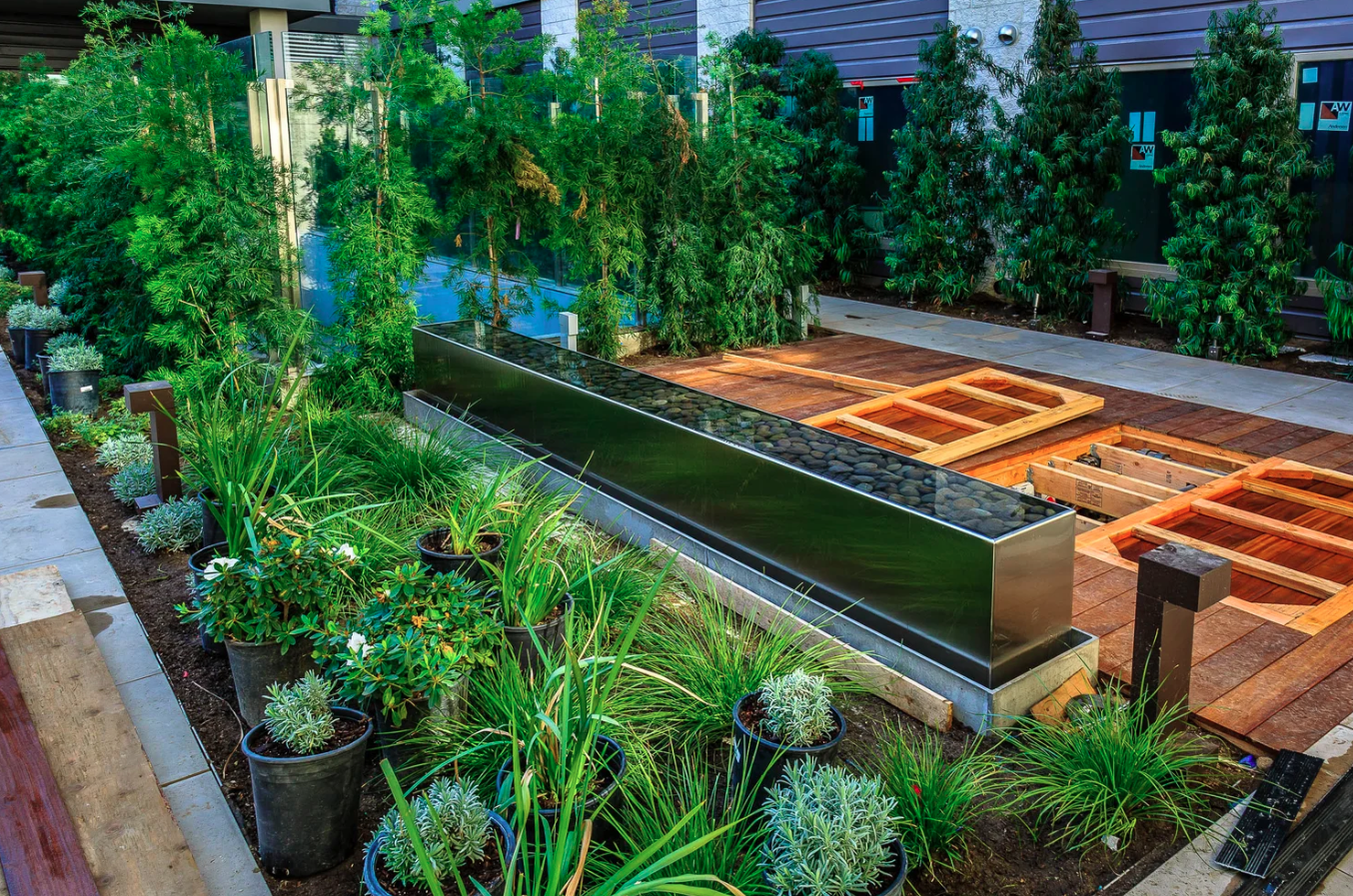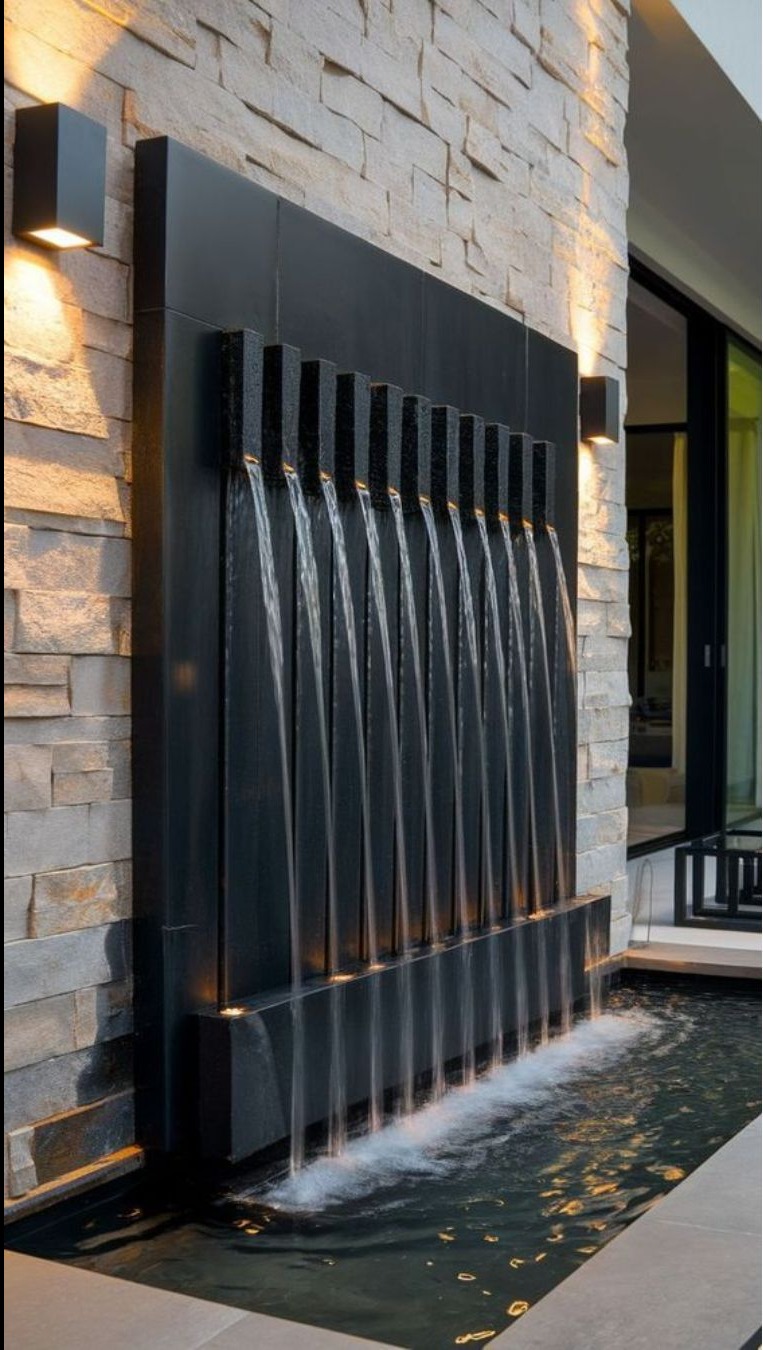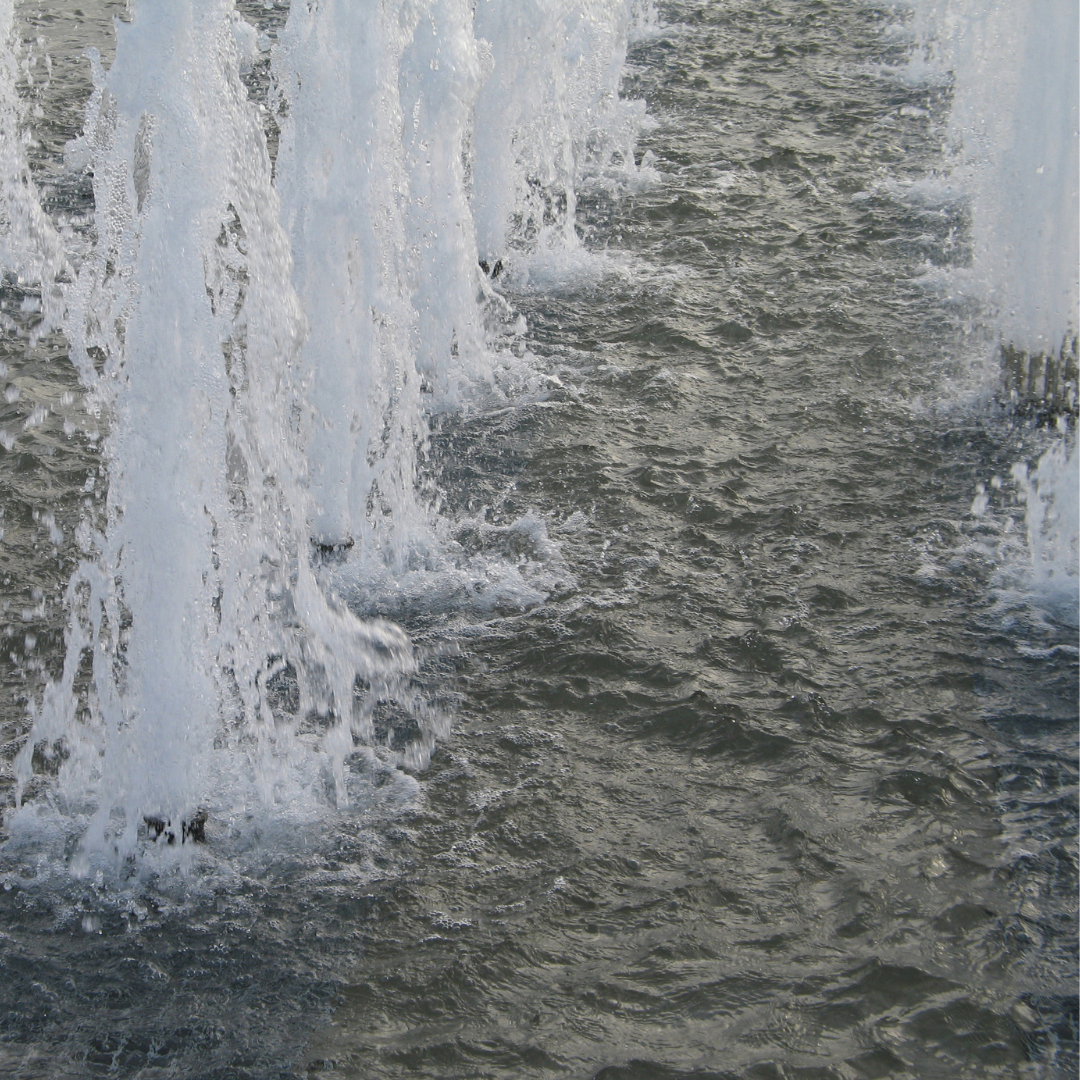
The evolution of outdoor living
If your independent garden center has a landscape design department, you already know that outdoor living is hitting new heights. Interest in outdoor areas as extensions of indoor living spaces has gone from curiosity and hope to expectation and demand. When homeowners drop in on your designers, true outdoor living is likely part of their plan.
But, like everything in this industry, outdoor living is evolving as new homeowners join the ranks and existing homeowners enter new phases of life and outdoor style. And there’s no getting around geography. From plant selection and design to hardscapes and backyard uses, your climate has a lot to say about it all.
Fountains have been around since Roman times. In the ancient world, they were purely functional, employing springs or aqueducts to provide water for drinking, bathing and cleaning to even the smallest villages. Modest, centrally located and fed by gravity, public fountains were the focus of a simple communal existence.
Fountains went upscale when modern plumbing and pumping systems became widespread in the late 19th and early 20th centuries. Removed from their utilitarian origins, those burbling pools, jets and waterfalls became status symbols and, in the public sphere, objects of civic pride. Cities from Rome to Kansas City, Mo., are admired and defined by their many public fountains, and the Sunset Strip in Las Vegas was transformed by the Bellagio hotel-casino’s spectacular display of rocketing, tumbling water.
Perhaps because of that perceptual shift, one of the biggest misconceptions about fountains is that they’re pricey, says Michele Hoolihan, owner of Fantasy Fountains Inc., a 60-year-old business in Newport Beach. “A lot of people think they can’t afford a fountain, but there are models for every budget and every type of home, ” Hoolihan said.
Another incorrect assumption about fountains is that they’re water hogs. Hoolihan countered that it just isn’t so. “A lot of the time we can tap into an existing irrigation system to do a water feature.” Electricity consumption can be minuscule, too. “You might need just a small pump, and most of the lighting we use is low voltage.”
Keywords
The
Mo.
lot
type
Rome
hope
jets
life
focus
ranks
budget
models
people
Cities
demand
springs
climate
objects
gravity
bathing
drinking
Interest
industry
lighting
geography
designers
aqueducts
Las Vegas
curiosity
evolution
rocketing
late 19th
hardscapes
everything
small pump
extensions
new phases
water hogs
waterfalls
expectation
low voltage
new heights
civic pride
Kansas City
Roman times
Sunset Strip
Newport Beach
public sphere
outdoor areas
outdoor style
backyard uses
water feature
ancient world
tumbling water
burbling pools
new homeowners
status symbols
modern plumbing
plant selection
pumping systems
perceptual shift
Michele Hoolihan
smallest villages
existing homeowners
true outdoor living
utilitarian origins
spectacular display
60-year-old business
incorrect assumption
early 20th centuries
indoor living spaces
Bellagio hotel-casino
many public fountains
biggest misconceptions
Fantasy Fountains Inc.
Electricity consumption
simple communal existence
independent garden center
existing irrigation system
landscape design department

